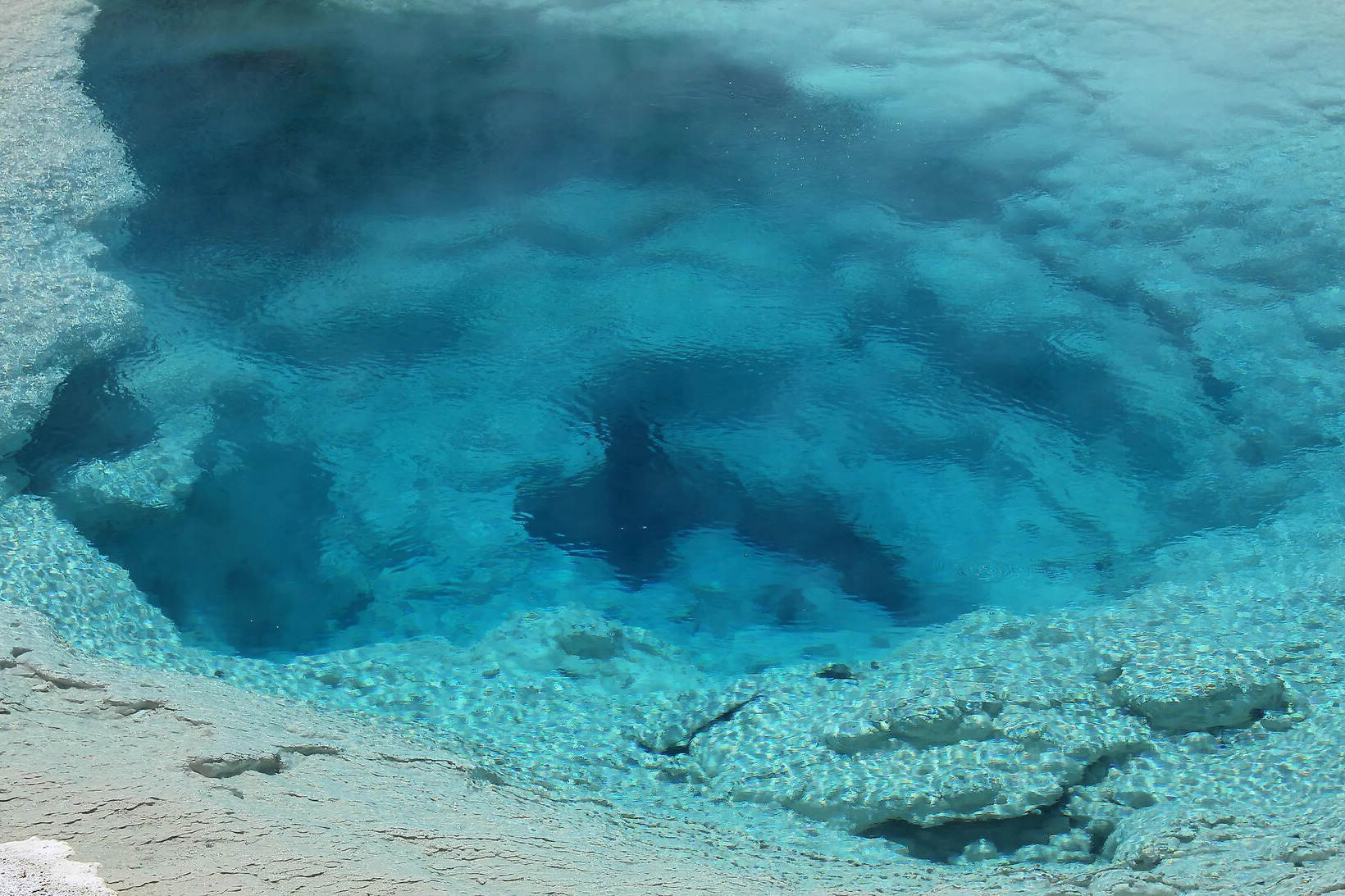Mysteries Of Yellowstone Lake’s Hydrothermal Vents

Have you ever wondered what lies beneath the surface of Yellowstone Lake? This massive body of water, located in Yellowstone National Park, hides some incredible secrets. One of the most intriguing features is its hydrothermal vents. These underwater geysers release hot water and gases from deep within the Earth, creating a unique and mysterious environment. Scientists have been studying these vents to understand more about the geology and biology of the lake. From strange microbial life to unusual mineral formations, the vents offer a glimpse into a world few have seen. Ready to dive into the mysteries of Yellowstone Lake's hydrothermal vents? Let's get started!
Mysteries of Yellowstone Lake's Hydrothermal Vents
Yellowstone Lake, located in Yellowstone National Park, hides some of the most fascinating natural phenomena beneath its surface. Hydrothermal vents, often called underwater geysers, create a unique and mysterious underwater landscape. These vents release hot water and gases from the Earth's crust, forming an otherworldly environment. Let's dive into some of the most intriguing spots around Yellowstone Lake where these hydrothermal vents can be found.
West Thumb Geyser Basin
West Thumb Geyser Basin, situated on the western shore of Yellowstone Lake, offers a glimpse into the lake's geothermal activity. This area features numerous hydrothermal vents both on land and underwater.
- Fishing Cone: This unique vent is located right at the edge of the lake. Historically, anglers would catch fish and cook them directly in the boiling water of the cone.
- Abyss Pool: Known for its deep blue color, Abyss Pool is one of the deepest hot springs in the park. Its depth and clarity make it a mesmerizing sight.
- Black Pool: Despite its name, Black Pool is now a stunning turquoise color. The change in color occurred due to a rise in water temperature, killing the bacteria that once darkened the pool.
Mary Bay
Mary Bay, located on the northern shore of Yellowstone Lake, is another hotspot for hydrothermal activity. This area is known for its frequent hydrothermal explosions, which have shaped the landscape over time.
- Submerged Crater: The bay contains a large submerged crater formed by a hydrothermal explosion. This crater is a testament to the powerful forces at work beneath the lake.
- Hot Springs: Numerous hot springs can be found along the shoreline and underwater. These springs release hot water and gases, creating a dynamic and ever-changing environment.
Stevenson Island
Stevenson Island, a small island in Yellowstone Lake, is home to several hydrothermal features. The island's remote location adds to the mystery and allure of its vents.
- Stevenson Island Geyser: This underwater geyser periodically erupts, sending plumes of hot water and steam into the lake. Its eruptions are a spectacular sight, visible from the island's shore.
- Thermal Springs: The island's shoreline is dotted with thermal springs, each with its own unique characteristics. These springs contribute to the island's geothermal activity.
Dot Island
Dot Island, another small island in Yellowstone Lake, offers a secluded spot to observe hydrothermal vents. The island's isolation makes it a perfect place for studying these natural wonders.
- Dot Island Vent: This vent releases hot water and gases, creating a bubbling effect on the lake's surface. The vent's activity varies, making each visit a unique experience.
- Thermal Pools: Several thermal pools can be found on the island, each with different temperatures and colors. These pools provide a fascinating look at the diversity of hydrothermal features.
Storm Point
Storm Point, located on the eastern shore of Yellowstone Lake, is known for its dramatic landscape and hydrothermal activity. The point offers stunning views of the lake and its geothermal features.
- Storm Point Geyser: This geyser erupts periodically, sending hot water and steam into the air. Its eruptions are a reminder of the powerful forces beneath the lake.
- Hot Springs: Numerous hot springs can be found along the shoreline, each with its own unique characteristics. These springs add to the area's geothermal activity.
Sedge Bay
Sedge Bay, located on the northeastern shore of Yellowstone Lake, is another area rich in hydrothermal features. The bay's remote location makes it a hidden gem for those seeking to explore the lake's mysteries.
- Sedge Bay Vent: This vent releases hot water and gases, creating a bubbling effect on the lake's surface. The vent's activity varies, making each visit a unique experience.
- Thermal Springs: Several thermal springs can be found along the shoreline, each with different temperatures and colors. These springs provide a fascinating look at the diversity of hydrothermal features.
Yellowstone Lake's Hidden Wonders
Yellowstone Lake's hydrothermal vents are a fascinating part of nature. These underwater features are not just beautiful but also important for science. They show how geothermal activity shapes our planet. Exploring these vents can help us understand more about Earth's history and even life on other planets. The unique ecosystems around the vents are home to special organisms that thrive in extreme conditions. This makes Yellowstone Lake a must-visit for anyone interested in geology or biology. Next time you visit Yellowstone, take a moment to appreciate these hidden wonders beneath the lake's surface. They are a reminder of the incredible forces at work in our world. Whether you're a scientist or just a curious traveler, Yellowstone Lake's hydrothermal vents offer a glimpse into a mysterious and exciting part of our planet.

